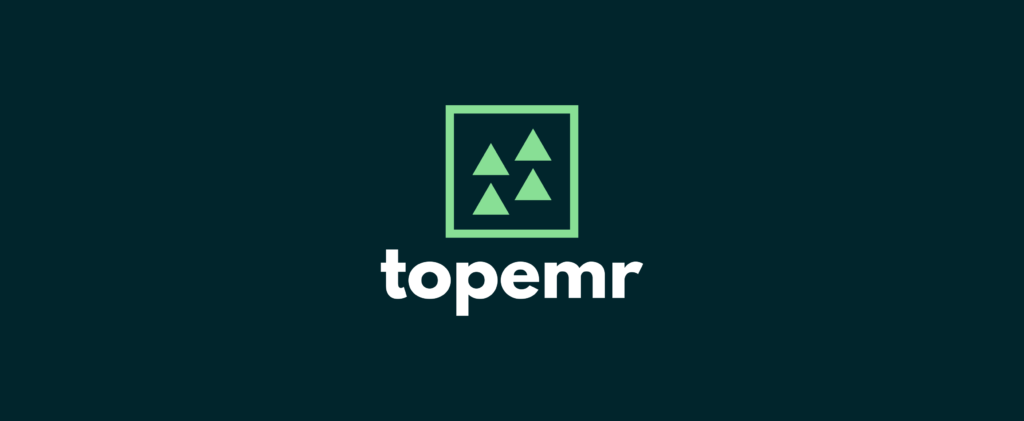1. The Real Pressure on Dialysis Clinics in Dubai
Running a dialysis clinic in Dubai today means facing two unrelenting forces at once:
- Regulatory tightening through DHA and NABIDH mandates.
- Shrinking margins due to rising consumable costs, stricter insurance scrutiny, and patient volume variability.
Most founders think of digitization as a compliance checkbox. But in reality, the bigger opportunity is to use it as a profit and throughput engine — capturing revenue that’s currently leaking and turning fixed resources into more treatments per day without extra hires.
2. Where Money Actually Leaks in Dialysis Operations
After reviewing operational data from clinics across the UAE, five leakage points appear again and again:
- Consumables unbilled
Dialyzers, lines, saline, and medications are used in treatment but never linked to a billable record. - Missed charge capture
Manual documentation delays mean a session might never make it into billing. - Insurance denials
Lack of proper notes, missing consent forms, or incorrect coding leads to rejected claims. - No-show drag
A high no-show rate reduces utilization of expensive, fixed-capacity dialysis chairs. - Inventory waste
Over-ordering ties up cash, while under-ordering forces emergency purchases or treatment cancellations.
Each of these chips away at financial stability — and each can be closed with the right workflow + software setup.
3. How Clinicea Closes Each Gap
A. Session → Inventory → Billing Automation
Clinicea lets you define which consumables are tied to which treatment templates.
When a dialysis session is logged, the associated consumables are automatically reduced from inventory and posted to billing.
Impact: No forgotten charges, no manual reconciliation.
B. Mandatory Documentation for Claim Acceptance
The platform enforces DHA/NABIDH-aligned mandatory fields: pre- and post-vital signs, AV access checks, patient consent, and staff sign-off with timestamps.
Impact: Insurers have no grounds to reject claims due to missing documentation.
C. Appointment Optimization + Reminders
SMS reminders and overbooking rules fill chairs and reduce no-shows.
Impact: Higher daily utilization without additional chairs or nurses.
D. Real-Time Inventory Control
Set reorder thresholds so essential consumables never run out, while avoiding excess stock.
Impact: Prevents costly emergency purchases and wasted inventory.
E. NABIDH Integration
All visit summaries, lab results, and diagnoses sync with Dubai’s central health record.
Impact: No duplicate testing, faster claims evidence, and compliance ready-by-default.
4. The KPI Dashboard That Pays for Itself
A founder should see real numbers moving within 90 days. Track these weekly:
| KPI | Why It Matters | Target |
| Revenue Capture Rate (sessions → billable lines) | Shows % of treatments monetized | ≥ 99% |
| Claim Denial Rate | Measures avoidable revenue loss | ≤ 3% |
| Chair Utilization | Links capacity to revenue | +10–20% |
| Inventory Variance | Reveals stock mismanagement | ≤ 3% |
| Admin Time/Session | Time freed for care | –25–35% |
| Days in AR | Cash flow speed | –30–40% |
5. A 60-Day Practical Rollout Plan
Days 0–14: Audit & Prioritize
- Reconcile the last 90 days of sessions vs. billed items.
- Identify top 3 revenue leaks.
Days 15–35: Configure Clinicea
- Map consumables to treatment templates.
- Activate mandatory DHA/NABIDH fields.
- Enable SMS reminders.
- Set inventory reorder levels.
Days 36–50: Pilot on One Shift/Bay
- Track capture rate, denial rate, and no-shows daily.
- Fix configuration gaps fast.
Days 51–60: Go Live Across Clinic
- Review KPIs in weekly governance huddles.
- Keep dashboards visible to both admin and clinical leads.
6. Procurement Checklist for Founders
Before committing to any EMR, including Clinicea, demand:
- Live proof of NABIDH connectivity (sandbox exchange logs).
- End-to-end demo of session → inventory → billing workflow.
- Audit export pack in <10 minutes (staff, treatments, logs).
- Local readiness: bilingual consent, Emirates ID integration, Ramadan scheduling.
- On-site go-live support and SLA for critical feature failures.
7. Realistic Results in 90 Days
Clinics that implement this approach can expect:
- +5–15% revenue from recovered missed charges.
- 30–60% fewer claim denials.
- 20–35% less admin time per session.
- 8–15% higher chair utilization.
These aren’t “marketing claims” — they’re based on operational benchmarks from regional clinics moving to fully integrated, NABIDH-compliant SaaS platforms.
8. From Leak-Stopping to Growth-Scaling
Once the leaks are sealed and throughput is optimized, clinics can confidently:
- Add new dialysis chairs or shifts with predictable ROI.
- Expand to second locations without duplicating back-office bloat.
- Negotiate better supplier terms by demonstrating accurate usage data.
- Attract insurer partnerships by showing low denial rates and high data quality.
Closing Thought
In Dubai’s dialysis market, compliance alone won’t keep you competitive — but if you design your digital system to capture every dollar and fill every chair, compliance becomes automatic and growth becomes possible.
Further Reading (LinkedIn):
Why Standardizing Dialysis Protocols Saves Lives – and Lowers Risk: https://lnkd.in/grNW9jPT


Leave a Reply